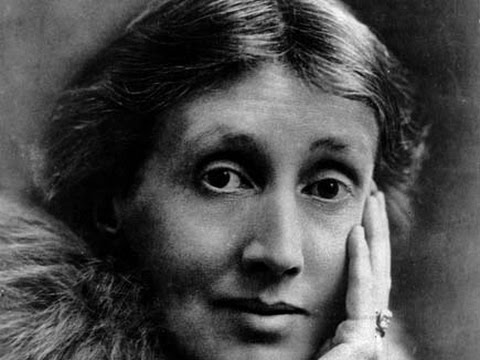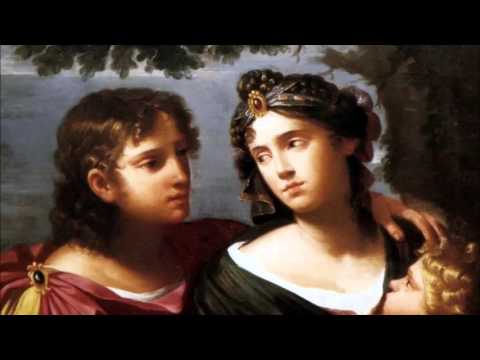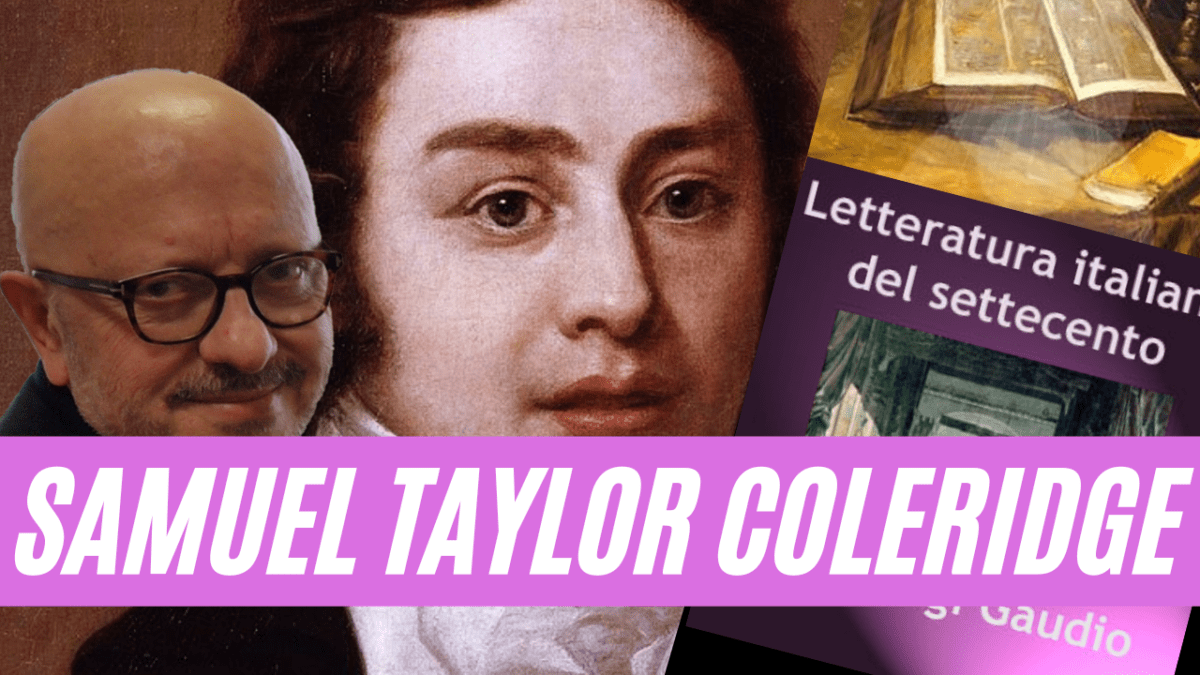
La follia secondo Virginia Woolf
10 Marzo 2019
La follia
11 Marzo 2019torna all’introduzione e indice della tesina La condizione umana in Leopardi di Alberto Bairati
Indice della Tesina – Esame di Stato II ciclo 2002
Alberto Bairati
- Giacomo Leopardi: la santificazione di un’esistenza
- Arthur Schopenhauer: tra dolore e noia
- Schopenhauer e Leopardi: confronto diretto
- Considerazioni su altri intellettuali: Giovanni Pascoli
- Man and the natural world in English Literature : Wordsworth & Coleridge




